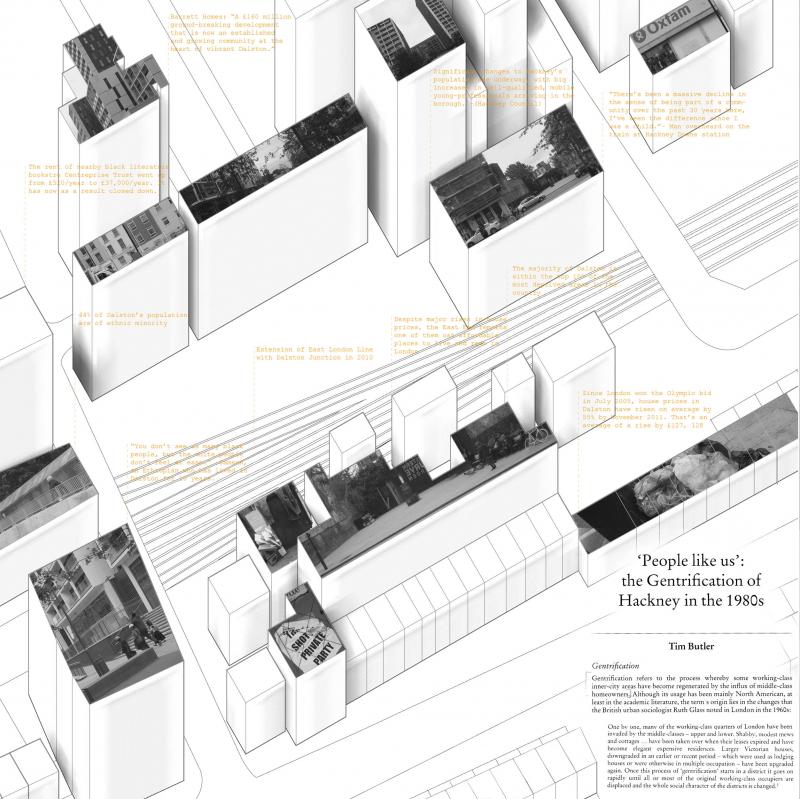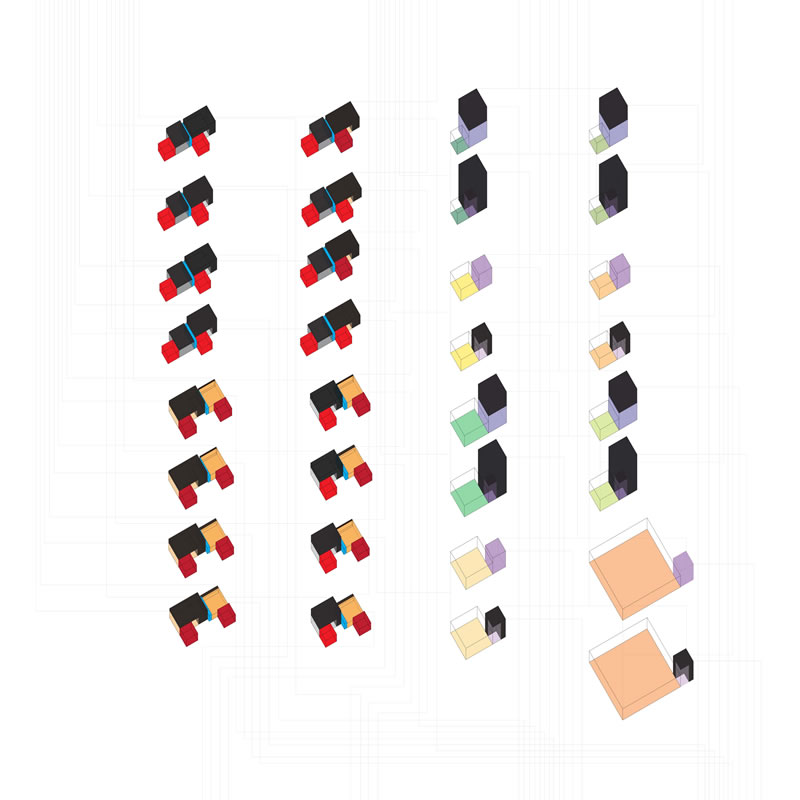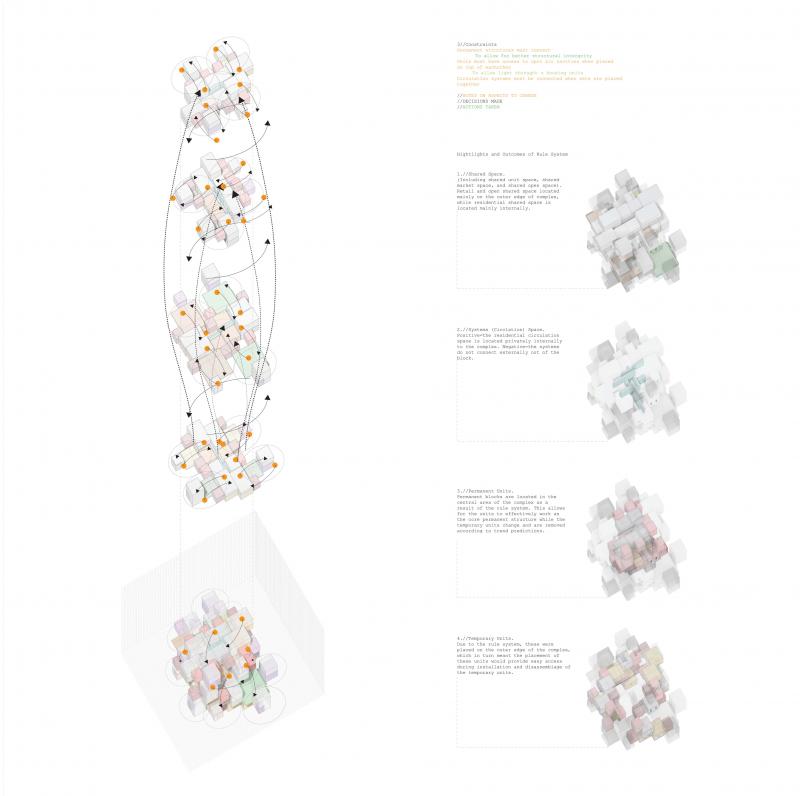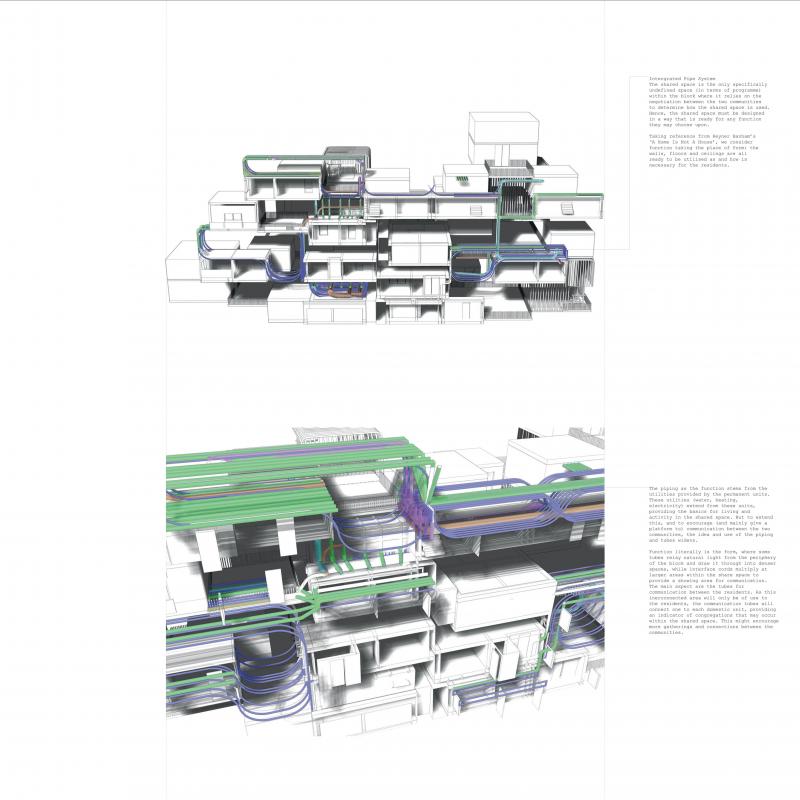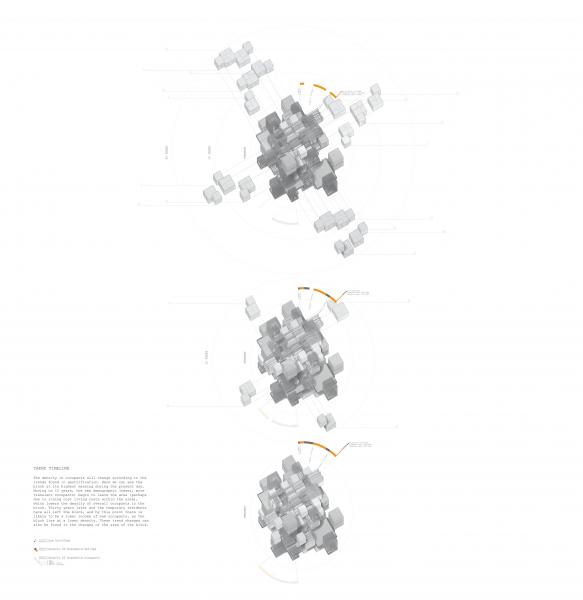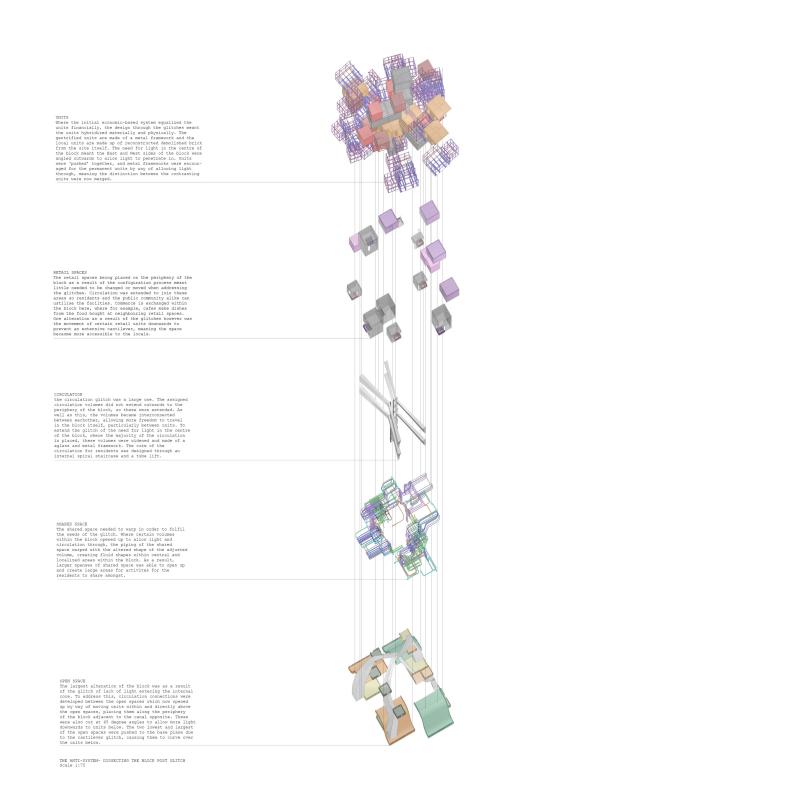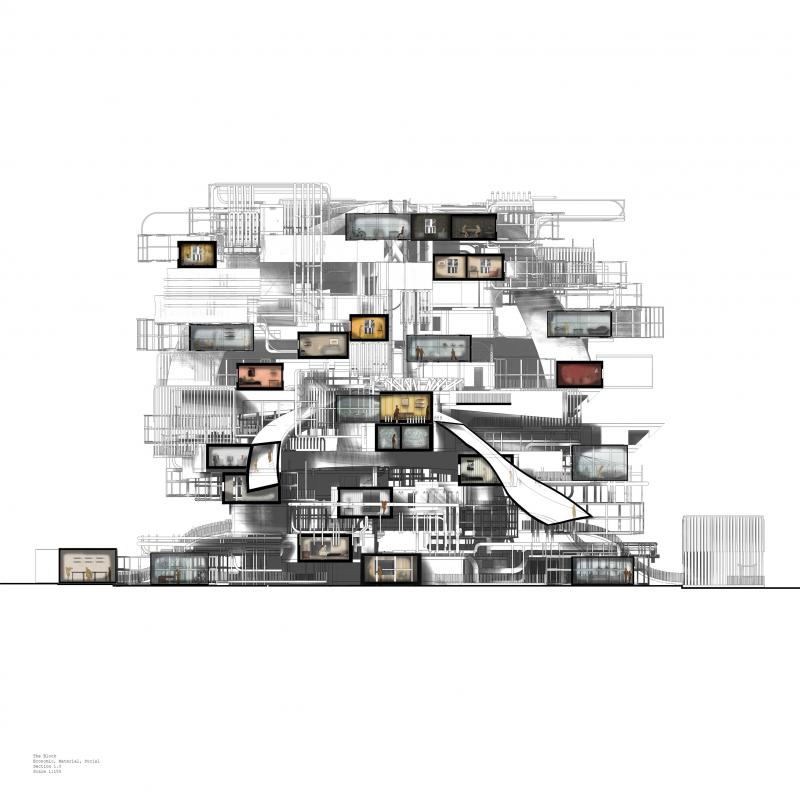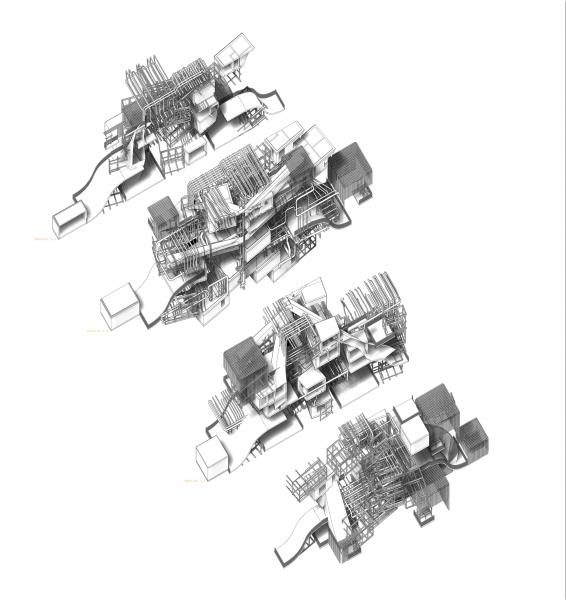Gentrifcation
When incoming, wealthier residents entered Haggerston-Hackney, London- cost of living locally rose, and existing residents were often priced out of the area. My proposal arose from here- to ensure existing residents remain in the area whilst making way for a new demographic.

